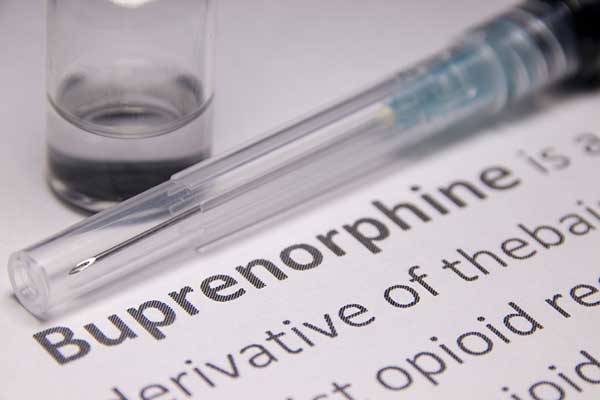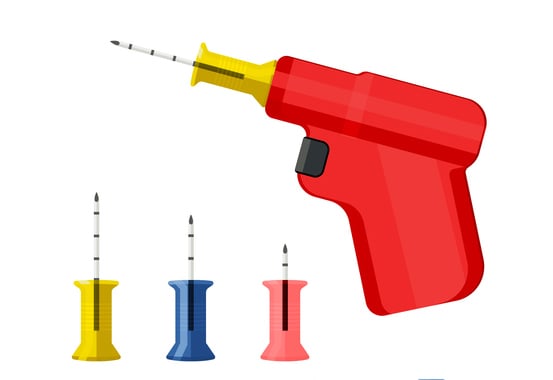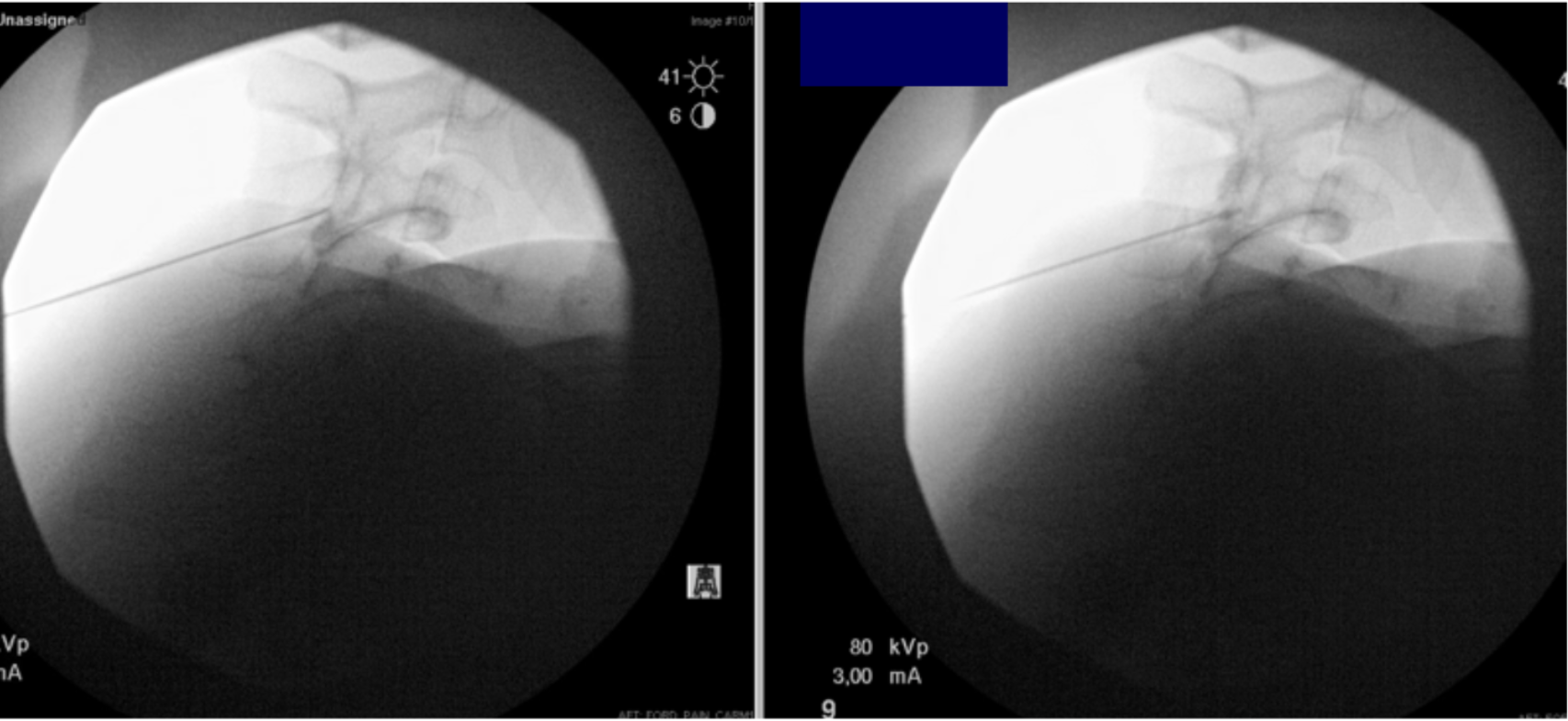Show Notes - Opioid Withdrawal and Buprenorphine: Coming to an ED Near You

Opioid Withdrawal and Buprenorphine: Coming to an ED Near You
November 14, 2018
In this episode, Dr. Alex Kaminsky speaks with Dr. Aimee Moulin about opioid withdrawal and the use of buprenorphine in the emergency department.
Host
Alexander Kaminsky, MD
University of California San Francisco – Fresno
PGY4
@Alex_KamskyEM
EMRA*Cast Episodes
Guest
Dr. Aimee Moulin, MD
Associate Professor of Emergency Medicine at the University of California, Davis
Past president of CalACEP
Hospital Affiliation: University of California, Davis
@AimeeMoulin1
Overview:
Opioid use disorder and opioid withdrawal are commonplace within emergency medicine. Traditionally, treatment strategies for withdrawal have emphasized symptom management and is generally accepted to be ineffective. Utilizing Buprenorphine in the ED has been demonstrated to be both safe and effective. Dr. Moulin joins the program to delve into the specifics, myths, barriers and other limitations to implementing Buprenorphine.
Key Resources:
- COWS Score for Opiate Withdrawal – Quantifies the Severity of Opiate Withdrawal
- ED Bridge -- Emergency Buprenorphine Treatment:
- ED Treatment Algorithm
- ToolKit – Project SHOUT: NOTE this is an inpatient pathway
Key Points
- Opioid deaths are on the rise. In 2016 CDC estimates >42,000 opioid related deaths in the USA, an 300% increase since 2001. Now surpassed deaths by motor vehicle accidents.
- Unlike alcohol dependence, opioid withdrawal can be managed safely as an outpatient.
- Buprenorphine is a PARTIAL opioid agonist with a higher affinity for μ-opioid receptors than heroin, fentanyl and other opioids. This means it will selectively bind to μ-receptors and “kick off” the substance of abuse.
- There is a ceiling effect with buprenorphine. The amount of euphoria is significantly diminished when used in routes other than oral. Receptor saturation with this plateau effect can lead to precipitated withdrawal. We see this in the ED every time we administer naloxone.
- Buprenorphine’s effective ceiling is found at approximately 16mg. Higher doses increase duration of action, not effect of action.
- Patients who present with a moderate to severe COWs score have been shown to benefit from ED buprenorphine with continued remission/treatment at 30 days.
- You can DISPENSE Buprenorphine for up to 72 hours in the ED without a special “X-waiver” on your DEA License.
- Major Barriers to Dispensing/Prescribing Buprenorphine surround “warm hand-off’s” and access to outpatient treatment/referral centers.
- Interested residents should identify outpatient treatment facilities in their areas to begin the process of Buprenorphine administration in YOUR emergency departments!
References / Resources
- D’Onofrio G, O’Connor PG, Pantalon MV, et al. Emergency Department–Initiated Buprenorphine/Naloxone Treatment for Opioid Dependence: A Randomized Clinical Trial. JAMA. 2015;313(16):1636–1644. doi:10.1001/jama.2015.3474
- Duber, H, Barata I, et al. Identification, Management, and Transition of Care for Patients with Opioid Use Disorder in the Emergency Department. Annals of Emergency Medicine. 2018;72(4):420-431.
Related Content

Nov 02, 2022
Critical Care Alert: A Randomized Trial of Drug Route in Out-of-Hospital Cardiac Arrest
Every minute counts for long-term outcomes in out-of-hospital cardiac arrest. Does the route of administration for lifesaving medications play a role? This EMRA Critical Care Alert dives into the PARAMEDIC-3 trial, comparing outcomes in OHCA patients who were treated with intraosseous access versus intravenous access.

Dec 09, 2025
Pseudo-Subarachnoid Hemorrhage Following Cervical Medial Branch Block Using Gadolinium-Based Contrast: A Case Report and Review of the Literature
This case report explores the evidence behind recognizing and treating conditions caused by gadolinium-based contrast agents — including pseudo-subarachnoid hemorrhage.

Dec 29, 2025
Advocacy from the Frontlines: Anywhere, Anyone and Anytime
EMRA President Polly Wiltz, DO, says advocacy is not a class that is taught in medical school, and it is imperative for as future physician leaders to engage in this work, make our voices heard and ensure our seat at the table in discussions that affect the health of our patients, our communities, and our profession.




